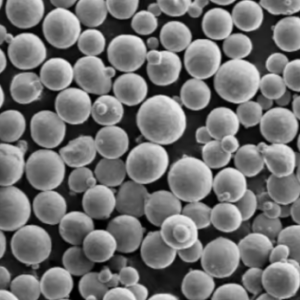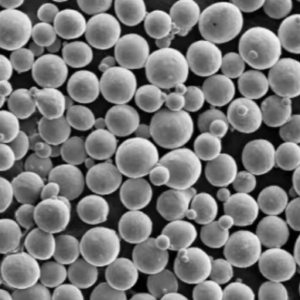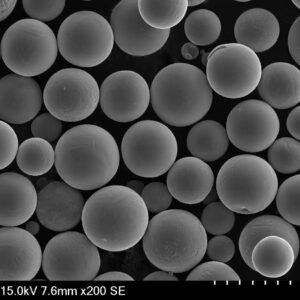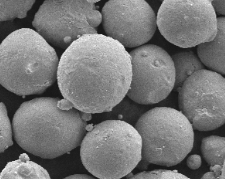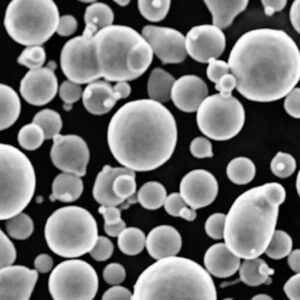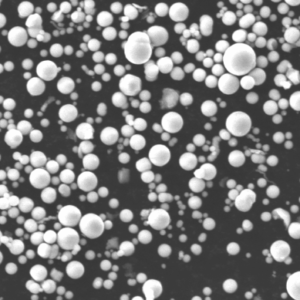When we dive into the world of materials science and metallurgy, cobalt powders stand out as versatile heroes. Known for their exceptional magnetic, thermal, and mechanical properties, pure Co powder is widely used in industries like aerospace, medical, and energy. But what exactly makes pure cobalt powder so unique? How do you select the best type for your needs? In this article, we’ll explore everything you need to know, from types and properties to applications and specifications.
Overview of Pure Co Powder
Pure cobalt powder, often referred to as Co powder, is a fine metallic powder primarily used for its high-temperature stability, magnetic properties, and wear resistance. It’s produced through various methods like electrolytic refining, atomization, or chemical reduction, ensuring a highly pure product with distinct characteristics.
Key Highlights
- Composition: Primarily cobalt, with minimal impurities.
- Applications: Used in superalloys, rechargeable batteries, medical implants, and more.
- Advantages: High magnetic strength, corrosion resistance, and thermal stability.
- Availability: Comes in various grades, sizes, and purities tailored to industry needs.

Composition of Pure Co Powder
The composition of cobalt powder directly impacts its performance. Manufacturers often adhere to strict purity standards to meet specific industrial requirements.
| Component | Typical Range (%) | Notes |
|---|---|---|
| Cobalt (Co) | 99.8% – 99.99% | Primary component. |
| Iron (Fe) | ≤ 0.02% | Traces can affect magnetism. |
| Nickel (Ni) | ≤ 0.01% | Controlled for purity. |
| Carbon (C) | ≤ 0.005% | Important for wear resistance. |
| Sulfur (S) | ≤ 0.002% | Impacts overall reactivity. |
This strict composition control ensures that pure cobalt powder performs optimally across various applications.
Types of Pure Co Powder
There isn’t just one type of cobalt powder! The following types cater to different needs:
| Model | Description | Primary Applications |
|---|---|---|
| Electrolytic Co | Produced by electrolysis, exceptionally high purity. | Aerospace, medical, and magnetics. |
| Atomized Co Powder | Spherical particles made via atomization. | Additive manufacturing, coatings. |
| Reduced Co Powder | Chemically reduced, fine particles. | Catalysis, battery electrodes. |
| Nano Co Powder | Ultrafine powder with nanoscale dimensions. | Advanced electronics, nanocomposites. |
| Hard Co Powder | Contains alloying elements like W or Cr for hardness. | Cutting tools, abrasives. |
| Superalloy Co | Mixed with Ni, Cr for superior heat resistance. | Jet engines, turbines. |
| Co Magnetic Powder | Optimized for magnetic properties. | Permanent magnets, electric motors. |
| Co Catalyst Powder | Specially treated for catalytic reactions. | Petrochemical, ammonia synthesis. |
| Co Additive Powder | Blended with polymers or ceramics. | 3D printing, advanced composites. |
| Co Rechargeable | For Li-ion and NiMH batteries. | Electronics, renewable energy storage. |
Characteristics of Pure Co Powder
What makes cobalt powder so special? Let’s look at its properties:
| Property | Description |
|---|---|
| Magnetic Strength | High coercivity and remanence, ideal for magnetics. |
| Thermal Stability | Retains properties at extreme temperatures. |
| Corrosion Resistance | Excellent in harsh environments, especially when alloyed. |
| Wear Resistance | Hard surfaces prevent degradation over time. |
| Conductivity | Good thermal and electrical conductivity. |
Applications of Pure Co Powder
Cobalt powder’s versatility makes it indispensable across industries. Here’s where it’s used:
| Industry | Specific Applications |
|---|---|
| Aerospace | High-temperature superalloys, jet engine components. |
| Medical | Surgical implants, prosthetics, and dental alloys. |
| Energy | Battery electrodes, especially in Li-ion cells. |
| Automotive | Permanent magnets for electric vehicle motors. |
| Manufacturing | 3D printing, wear-resistant coatings, cutting tools. |
| Electronics | Advanced magnetic sensors, inductors. |
| Chemical | Catalysts in synthetic fuel production. |
Specifications, Sizes, and Standards
Pure Co powder is available in a range of grades, sizes, and standards to meet specific requirements.
| Grade | Particle Size (μm) | Purity | Standards |
|---|---|---|---|
| Electrolytic Co | 1-10 | 99.9% | ASTM B330 |
| Nano Co Powder | <100 nm | 99.99% | ISO 4499 |
| Atomized Co | 10-50 | 99.8% | AMS 6457 |
| Catalytic Co | 5-15 | 99.5% | Customized specs. |
Suppliers and Pricing of Pure Co Powder
Finding the right supplier is critical for cost-effective and reliable materials.
| Supplier | Region | Price (USD/kg) | Notes |
|---|---|---|---|
| Umicore | Europe | 50-150 | Specializes in high purity. |
| American Elements | USA | 70-200 | Custom sizes available. |
| Nanochemazone | Global | 80-250 | Nano powders included. |
| GEM Co. Ltd. | Asia | 40-120 | Competitive bulk pricing. |
| Sigma Aldrich | Global | 90-300 | High research grade. |
Advantages and Limitations of Pure Co Powder
Advantages
- High Performance: Exceptional in magnetic, thermal, and mechanical performance.
- Versatility: Suitable for multiple industries and applications.
- Customization: Available in various sizes, purities, and grades.
Limitations
- Cost: Relatively expensive compared to some alternatives.
- Processing Challenges: Requires specialized handling for fine powders.
- Health Risks: Needs precautions due to dust inhalation and potential toxicity.

Comparison: Pure Co Powder Versus Alternatives
| Feature | Pure Co Powder | Nickel Powder | Iron Powder |
|---|---|---|---|
| Magnetism | High | Moderate | Low |
| Cost | High | Moderate | Low |
| Thermal Stability | Excellent | Moderate | Low |
| Corrosion Resistance | High | Moderate | Low |
FAQs
| Question | Answer |
|---|---|
| What is the primary use of cobalt powder? | It’s primarily used in superalloys, batteries, and magnetic applications. |
| Is cobalt powder safe to handle? | With proper precautions like PPE and ventilation, it’s safe for industrial use. |
| How is pure cobalt powder made? | Methods include electrolytic refining, chemical reduction, and atomization. |
| Can cobalt powder be recycled? | Yes, cobalt is highly recyclable, especially in battery and industrial waste streams. |
| What are common cobalt powder grades? | Electrolytic, nano, atomized, and reduced cobalt powders are popular grades. |

